Instead of beginning a longawaited decline, global greenhouse gas emissions are projected to grow slightly during 19, reaching another record high, according to a new analysis published TuesdayGlobal Greenhouse Gas Emissions Worldwide, net emissions of greenhouse gases from human activities increased by 43 percent from 1990 to 15 Emissions of carbon dioxide, which account for about threefourths of total emissions, increased by 51 percent over this periodFigure 1 Annual global emissions The bars in this figure represent CO 2 emissions for each year in PgC yr1 over the globe CarbonTracker models four types of surfacetoatmosphere exchange of CO 2, each of which is shown in a different color fossil fuel emissions (tan), terrestrial biosphere flux excluding fires (green), direct emissions from fires (red), and airsea gas exchange (blue)

Global Emissions Center For Climate And Energy Solutions
What causes the most greenhouse gas emissions
What causes the most greenhouse gas emissions-The world emits around 50 billion tonnes of greenhouse gases each year measured in carbon dioxide equivalents (CO2eq) 1 To figure out how we can most effectively reduce emissions and what emissions can and can't be eliminated with current technologies, we need to first understand where our emissions come from Although greenhouse gas emissions by the European Union will be net zero by 50 and China by 60, the United States has no target to stop emitting These greenhouse gas emissions are contributing to climate change in the United States as well as worldwide
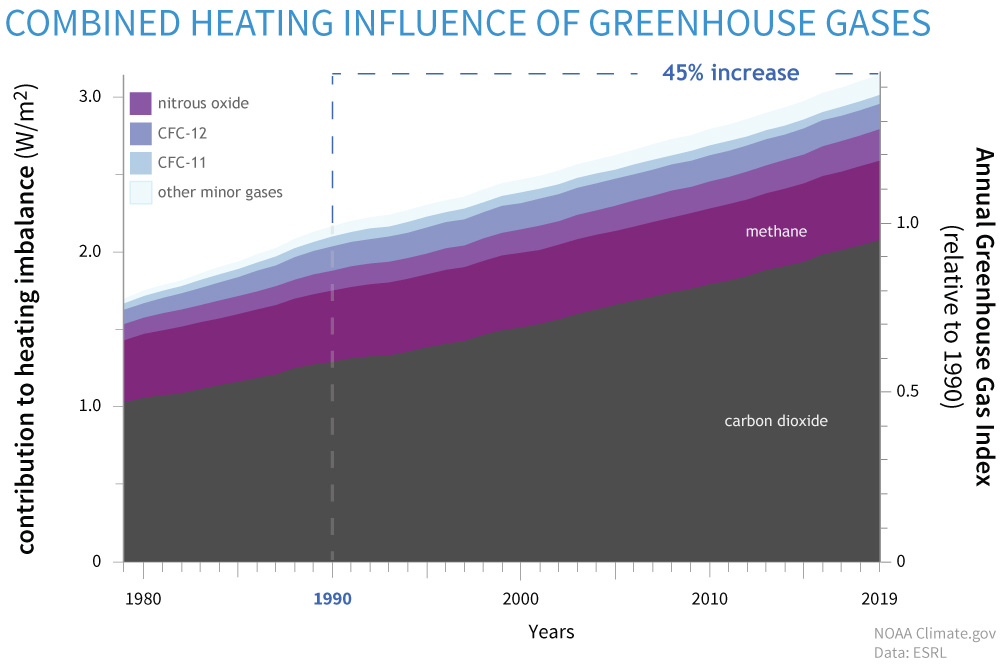



Climate Change Annual Greenhouse Gas Index Noaa Climate Gov
This chart shows the change in global greenhouse gas emissions over time Greenhouse gases are measured in 'carbon dioxideequivalents' (CO 2 e) Today, we collectively emit around 50 billion tonnes of CO 2 e each year This is more than 40% higher than emissions in 1990, which were around 35 billion tonnesGreenhouse gas emissions could increase from 55 gigatons of CO2 equivalents (GtCO2e) in 19 to over 80 GtCO2e in 50 an almost 50 percent increase Causes of CO2emissions CO2emissions are mostly a result of burning fossil fuels such as coal, oil and gas Electricity Sector Emissions Total Emissions in 14 = 6,870 Million Metric Tons of CO 2 equivalent * Land Use, LandUse Change, and Forestry in the United States is a net sink and offsets approximately 11 percent of these greenhouse gas emissions All emission estimates from the Inventory of US Greenhouse Gas Emissions and Sinks 1990–14 Larger image to save or
Since 1970, CO 2 emissions have increased by about 90%, with emissions from fossil fuel combustion and industrial processes contributing about 78% of the total greenhouse gas emissions increase from 1970 to 11 Agriculture, deforestation, and other landuse changes have been the secondlargest contributorsThe EU supports global action to tackle these emissions and has put in place EUwide data collection measures Maritime transport emits around 940 million tonnes of CO2 annually and is responsible for about 25% of global greenhouse gas (GHG) emissions (3rd IMO GHG study) These emissions are projected to increase significantly if mitigation According to the 19 AGGI report, the combined heating influence of the longlived, humanproduced greenhouse gases is 314 Watts for every square meter of Earth's surface Just over 80 percent of that is due to carbon dioxide (66%) and methane (16%)
Global emissions of methane, a potent greenhouse gas, have soared over the past decade, according to two new studies that tracked growing sources of the odorless, colorless gas Just 25 mega cities produce more than half the world's urban greenhouse gas emissions Last Updated at 245 pm ET First Published July 12,"Anthropogenic greenhouse gas emissions have increased since the preindustrial era, driven largely by economic and population growth, and are now higher than ever This has led to atmospheric concentrations of carbon dioxide, methane and nitrous oxide that are unprecedented in at least the last 800,000 years
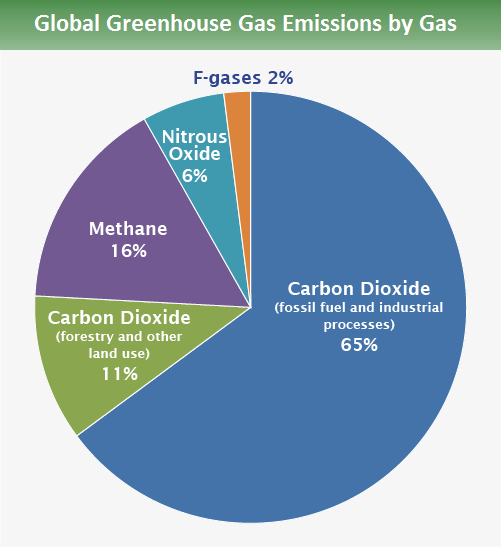



Global Greenhouse Gas Emissions Data Us Epa
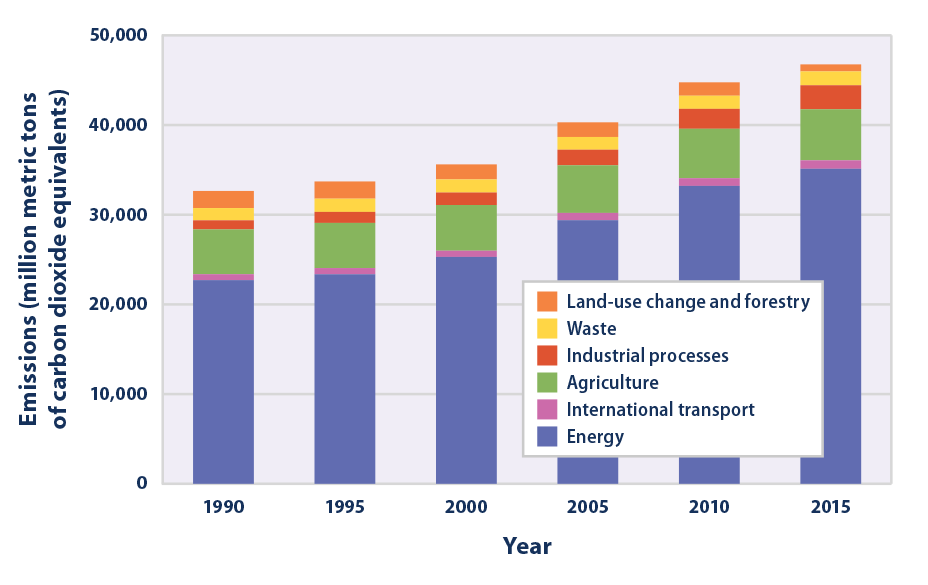



W Edyfjigr0fxm
0018 GHG Inventory ( Edition) The California Greenhouse Gas Emissions for 00 to 18, Trends of Emissions and Other Indicators, summarizes and highlights the major annual changes and notable longerterm trends of each year's GHG inventory It provides easytoread graphs and explanations to illuminate California's progress in its commitment to reduce climatechanging emissions CO 2 is the primary anthropogenic greenhouse gas, accounting for 78% of the human contribution to the greenhouse effect in 10 4; Carbon dioxide (CO 2) is the primary greenhouse gas emitted through human activitiesIn 14, CO 2 accounted for about 809% of all US greenhouse gas emissions from human activities Carbon dioxide is naturally present in the atmosphere as part of the Earth's carbon cycle (the natural circulation of carbon among the atmosphere, oceans, soil, plants, and animals)




Global Greenhouse Gas Emissions From Livestock Knoema Com




Climate Change Annual Greenhouse Gas Index Noaa Climate Gov
Greenhouse gas emissions to set new record this year, but rate of growth shrinks By Chelsea Harvey, E&E News, Nathanial Gronewold, E&E News Dec 4, 19 , 135 PM Originally published by E&EThis is a list of countries by total greenhouse gas (GHG) annual emissions in 16 It is based on data for carbon dioxide, methane (CH 4), nitrous oxide (N 2 O), perfluorocarbons (PFCs), sulfur hexafluoride (SF6) and hydrofluorocarbons (HFCs) emissions compiled by the World Resources Institute (WRI) The table below separately provides emissions data calculated on the basis of Transportation GHG Emissions and TrendsCarbon dioxide (CO2) from fossil fuel combustion is responsible for almost all greenhouse gas (GHG) emissions from transportation sources As shown in the following table, fossil fuel CO2 accounts for 95 percent of mobile source GHG emissionsUS Greenhouse Gas Emissions from Transportation and Mobile Sources (Tg
.png)



Fact Sheet The Growth In Greenhouse Gas Emissions From Commercial Aviation White Papers Eesi
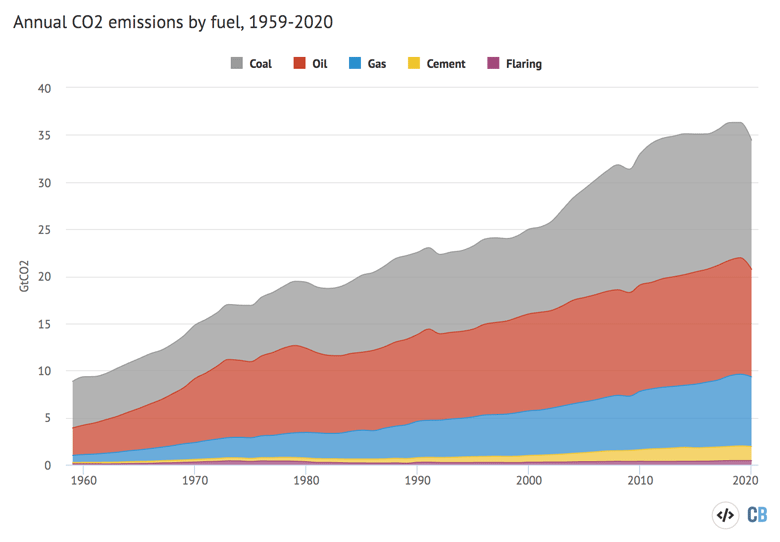



Global Carbon Project Coronavirus Causes Record Fall In Fossil Fuel Emissions In Carbon Brief
Carbon dioxide (CO 2) is an important heattrapping (greenhouse) gas, which is released through human activities such as deforestation and burning fossil fuels, as well as natural processes such as respiration and volcanic eruptionsThe first graph shows atmospheric CO 2 levels measured at Mauna Loa Observatory, Hawaii, in recent years, with average seasonal cycle CO2 accounts for about 76 percent of total greenhouse gas emissions Methane, primarily from agriculture, contributes 16 percent of greenhouse gas emissions and nitrous oxide, mostly from industry and agriculture, contributes 6 percent to global emissions All figures here are expressed in CO2equivalentsGlobal Warming Potentials (GWPs) indicate the relative effectiveness of GHGs in trapping the Earth's heat over a certain time horizon



Co And Greenhouse Gas Emissions Our World In Data




Global Historical Co2 Emissions 1758 Statista
Human activities are responsible for almost all of the increase in greenhouse gases in the atmosphere over the last 150 years 1 The largest source of greenhouse gas emissions from human activities in the United States is from burning fossil fuels forIn 1950 the world emitted 6 billion tonnes of CO2 By 1990 this had almost quadrupled to 22 billion tonnes Emissions have continued to grow rapidly; To get on track to limiting the global temperature rise to 15°C, we need to more than halve global emissions by 30 Slicing this up evenly means emissions should fall 76% per year from to




Global Greenhouse Gas Emissions In The Unmitigated Reference Download Scientific Diagram



Chart China Leads Greenhouse Gas Emissions Worldwide Statista
Before COVID19, our analysis showed China's current policy projections reaching total greenhouse gas (GHG) emissions between 137–147 GtCO 2 e/year in 30 Our prior analysis also showed China achieving its and 30 pledges 2 emissions over this time period, and 678% of total CO 2 emissions Developing countries accounted for industrial CO 2 emissions of 162% over this time period, and 322% of total CO 2 emissions In comparison humans have emitted more greenhouse gases than the Chicxulub meteorite impact event which caused the extinction of the dinosaurs Global lockdowns due to the pandemic reduced air pollution and lowered CO2 emissions, but due to the cumulative nature of greenhouse gases, the environmental relief is temporary, and the longterm problem remains Governments and businesses are addressing the greenhouse gas issue with policies to achieve more sustainable operations, and to




Covid Curbed Carbon Emissions In But Not By Much
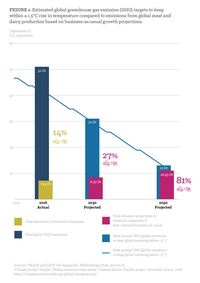



Grain Emissions Impossible How Big Meat And Dairy Are Heating Up The Planet
Carbon dioxide (CO 2) is the primary greenhouse gas emitted through human activitiesIn 19, CO 2 accounted for about 80 percent of all US greenhouse gas emissions from human activities Carbon dioxide is naturally present in the atmosphere as part of the Earth's carbon cycle (the natural circulation of carbon among the atmosphere, oceans, soil, plants, and animals) The time lag is one reason why there is a risk in waiting to control greenhouse gas emissions until global warming becomes worse or its effects more serious and obvious If we wait until we feel the amount or impact of global warming has reached an intolerable level, we will not be able to "hold the line" at that point; Greenhouse gas emissions global carbon emissions jump to alltime high in 18 three trends will combine over the next years




Greenhouse Effect 101 Nrdc



1
NOAA scientists introduced the Annual Greenhouse Gas Index in 06 as a way to help policymakers, educators and the public understand the influence exerted by greenhouse gas levels over time Called the AGGI for short, it is updated each spring when air samples from all over the globe for the previous year have been obtained and analyzed In estimating total emissions, global warming potentials (GWPs) are used to calculate carbondioxide equivalents for methane and nitrous oxide to sum emissions impacts over different gases Agriculture and forestry together are estimated to account for 105 percent of US greenhouse gas emissions in 18, including carbon dioxide emissions In its Global Energy Review, published on Tuesday, the IEA found that global carbon emissions from energy use, which accounts for the great majority of greenhouse gas emissions, were on course to




File Greenhouse Gas Emission Scenarios 01 Svg Wikimedia Commons




Interactive What Is The Climate Impact Of Eating Meat And Dairy Carbon Brief
The Global Warming Potential (GWP) was developed to allow comparisons of the global warming impacts of different gases Specifically, it is a measure of how much energy the emissions of 1 ton of a gas will absorb over a given period of time, relative to the emissions of 1 ton of carbon dioxide (CO 2) Despite growing global awareness of the dangers posed by climate change, CO2 emissions rose in 17 for the first time in three years, pushed up by global economic growth The UN Emissions Gap Report analyses scientific studies on present and future greenhouse gas emissions Global peatlands store more carbon than is naturally present in the atmosphere1,2 However, many peatlands are under pressure from drainagebased agriculture, plantation development and fire, with
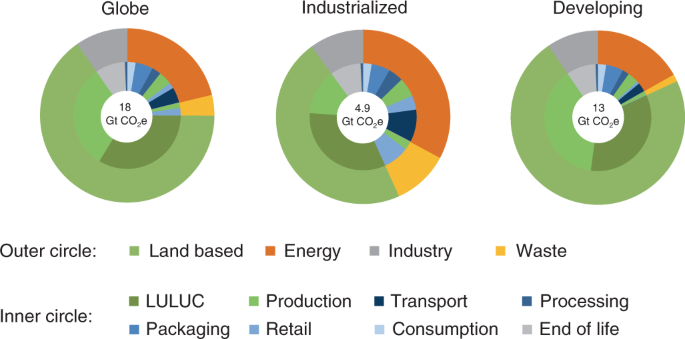



Food Systems Are Responsible For A Third Of Global Anthropogenic Ghg Emissions Nature Food
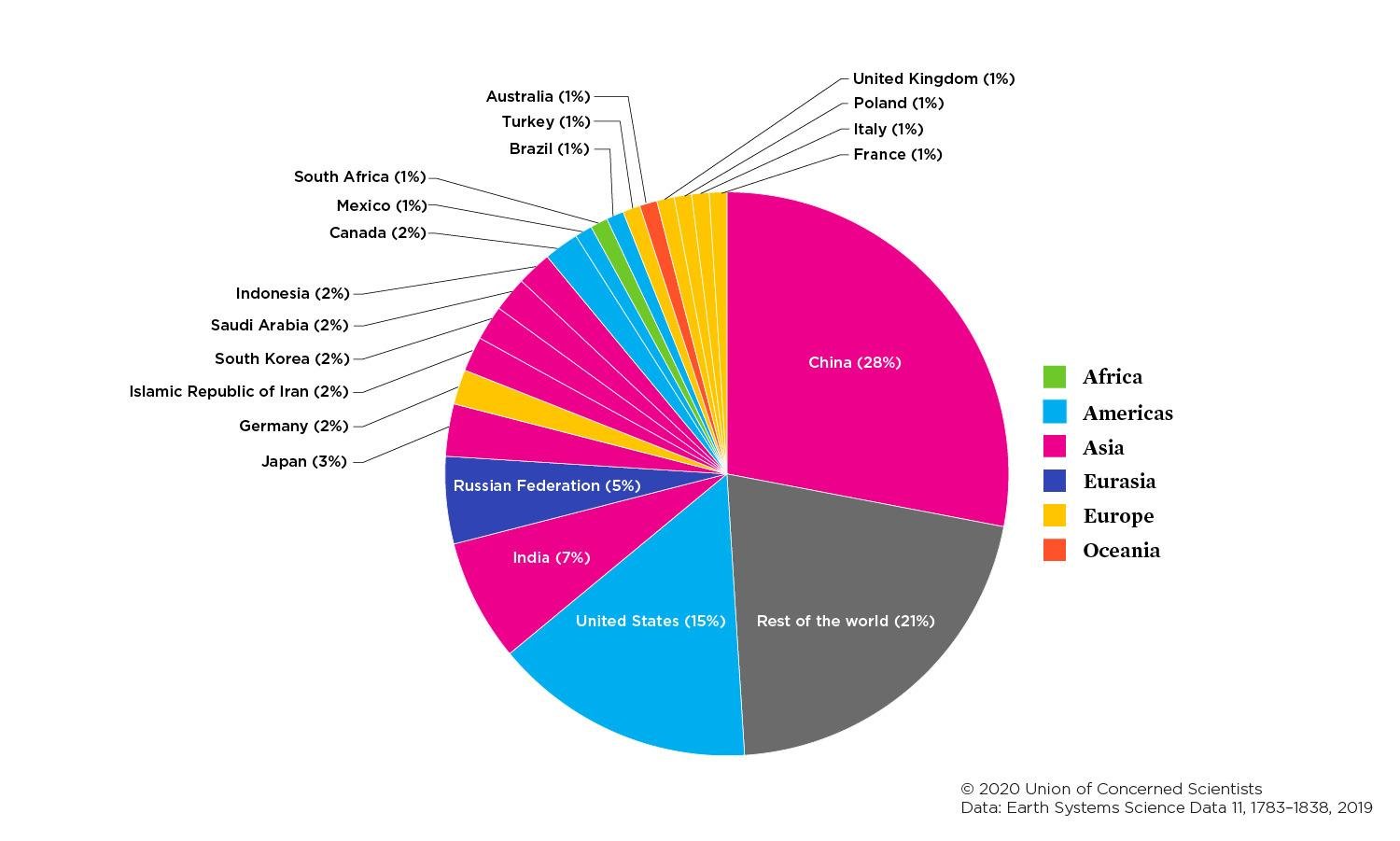



Each Country S Share Of Co2 Emissions Union Of Concerned Scientists
We now emit over 36 billion tonnes each year Emissions growth has slowed over the last few years, but they have yet to reach their peak Just 25 megacities produce 52% of the world's urban greenhouse gas emissions In 15, 170 countries worldwide adopted the Paris Agreement, with the goal limiting the average global temperature Since 1751 the world has emitted over 15 trillion tonnes of CO 2 1 To reach our climate goal of limiting average temperature rise to 2°C, the world needs to




Greenhouse Gas Emissions Wikipedia
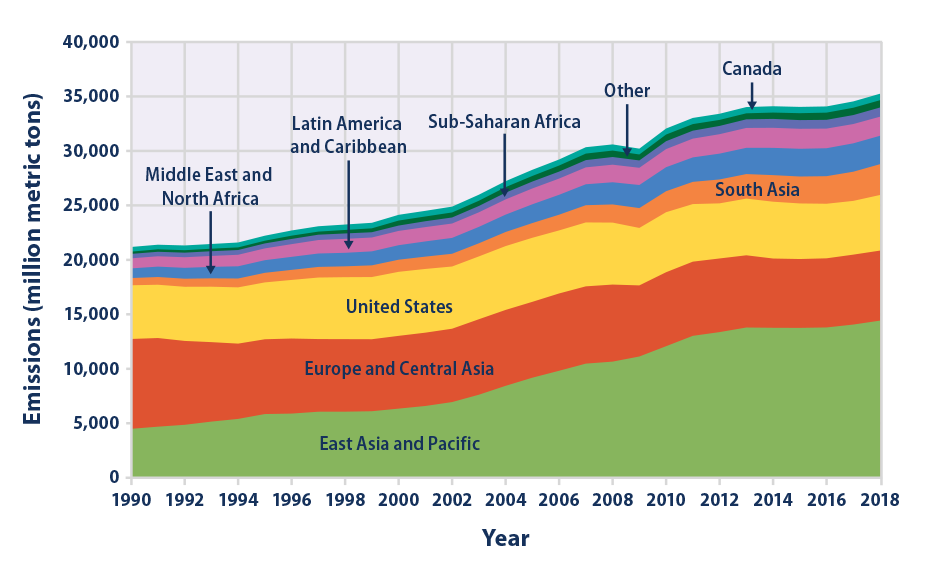



W Edyfjigr0fxm
"The climate effect of nonCO2 emissions from aviation is much greater than the equivalent from other modes of transport, as these nonCO2 greenhouse gases formed at higher altitudes persist forThe planet's average surface temperature has risen about 212 degrees Fahrenheit (118 degrees Celsius) since the late 19th century, a change driven largely by increased carbon dioxide emissions into the atmosphere and other human activities 4 Most of the warming occurred in the past 40 years, with the seven most recent years being the warmest The years 16 and are tied for Greenhouse gases warm the planet Scientists know with virtual certainty that increasing greenhouse gas concentrations tend to warm the planet In computerbased models, rising concentrations of greenhouse gases produce an increase in the average surface temperature of the earth over time




Visualizing The Most Recent Global Greenhouse Gas Emissions Data



Co And Greenhouse Gas Emissions Our World In Data




Pie Chart That Shows Country Share Of Greenhouse Gas Emission 30 Comes From China 15 From The Unite Greenhouse Gases Greenhouse Gas Emissions Ghg Emissions



3




How Each Country S Share Of Global Co2 Emissions Changes Over Time World Economic Forum



Greenhouse Gas Emissions From The Food Sector And How To Reduce Them Protect Yourself Cooperation Mechanism To Protect The Environment




Global Emissions Center For Climate And Energy Solutions




Global Greenhouse Gas Emissions On The Rise Countries Falling Short On Promises Market Business News
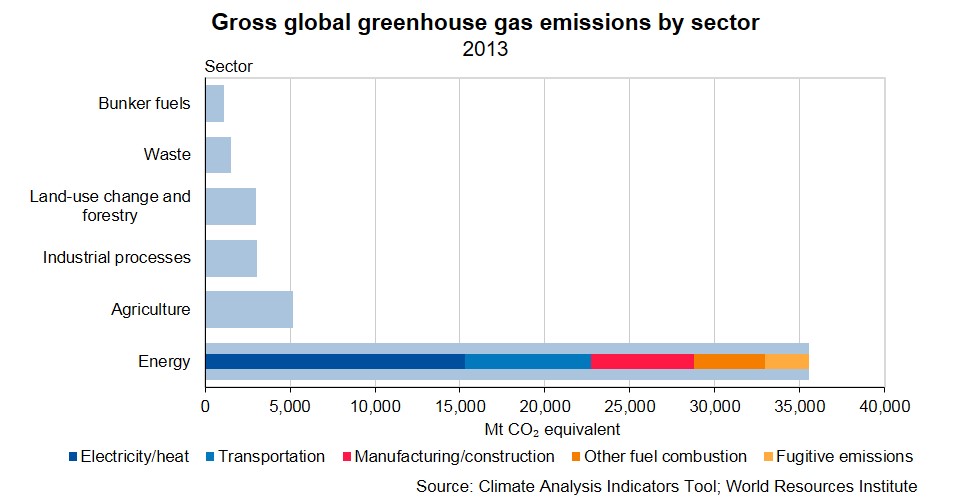



Global Greenhouse Gas Emissions Stats Nz



Www Ipcc Ch Site Assets Uploads 18 12 Unep 1 Pdf




Near Real Time Monitoring Of Global Co 2 Emissions Reveals The Effects Of The Covid 19 Pandemic Nature Communications




1 Global Greenhouse Gas Emissions From All Sources Download Scientific Diagram
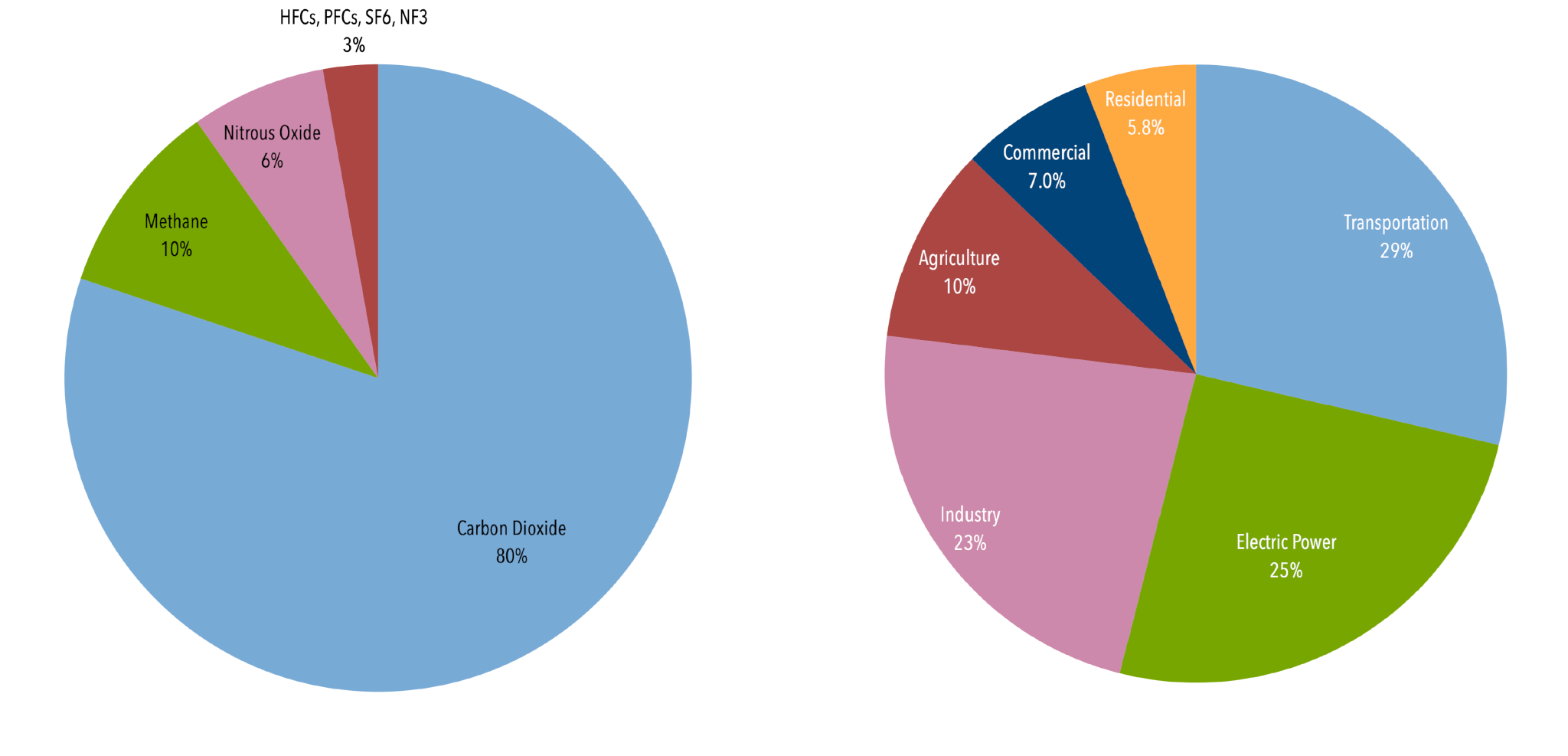



U S Emissions Center For Climate And Energy Solutions
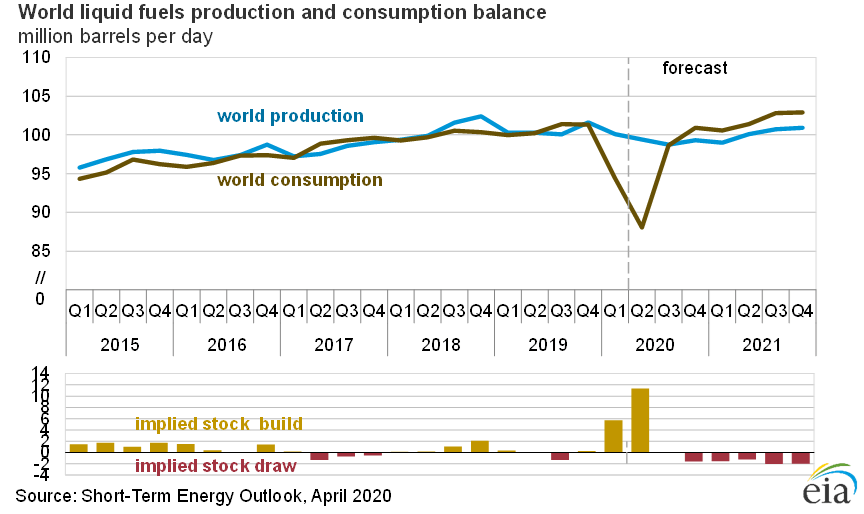



Forecast U S Greenhouse Gas Emissions To Fall 7 5 Percent In Mpr News



Is Transportation Still The Greatest Contributor To Greenhouse Gas Emissions Quora
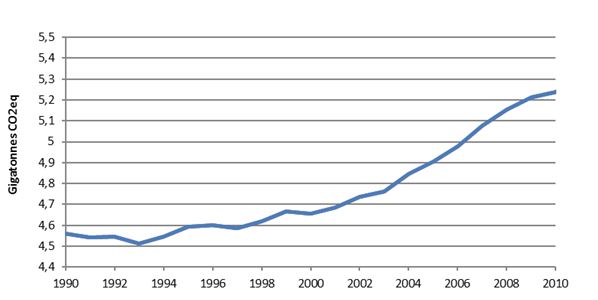



Global Greenhouse Gas Emissions From Agriculture Forestry And Other Land Use Activities Recent Trends And Updates Agriregionieuropa
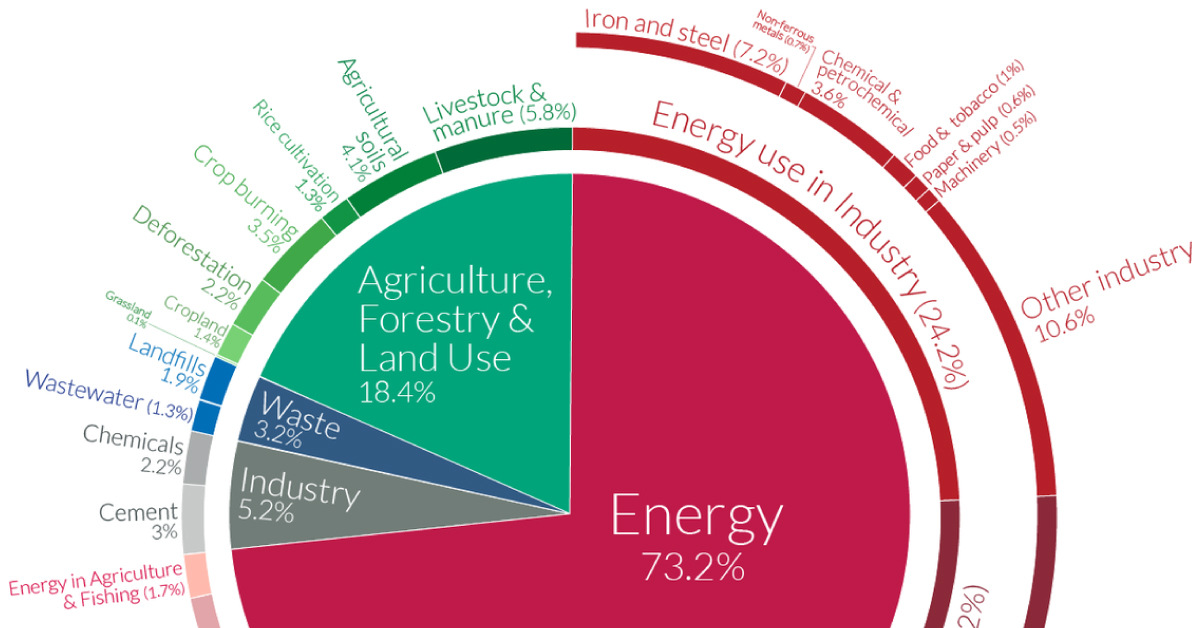



A Global Breakdown Of Greenhouse Gas Emissions By Sector




Greenhouse Gas Emissions Plunged 17 Percent During Pandemic The Washington Post



Total Greenhouse Gas Emission Trends And Projections In Europe European Environment Agency




Global Greenhouse Gas Emissions Per Sector In 04 Total 50 Gtco 2 E Download Scientific Diagram
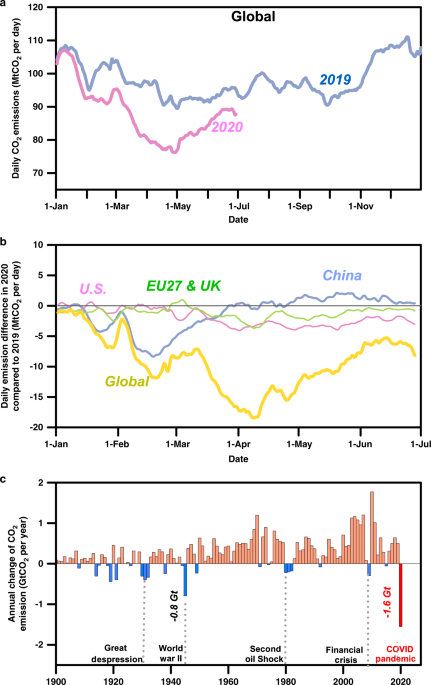



Near Real Time Monitoring Of Global Co 2 Emissions Reveals The Effects Of The Covid 19 Pandemic Nature Communications




Global Greenhouse Gas Emissions Over Time Forecast For 10 And Target Download Scientific Diagram



Emissions By Sector Our World In Data



Co2 Emissions Our World In Data




Co2 Emissions Declines From Lockdowns Will Not Solve The Climate Crisis




Global Emissions Center For Climate And Energy Solutions
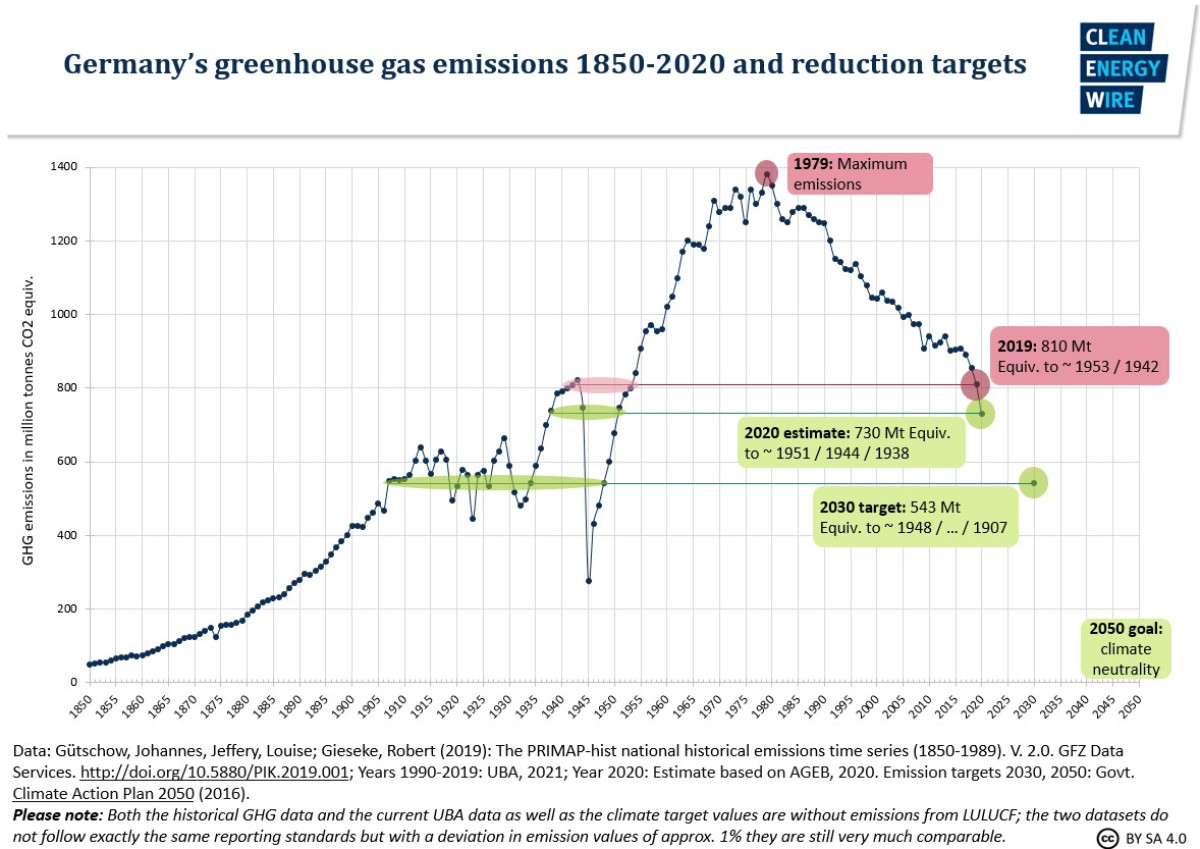



Germany S Greenhouse Gas Emissions And Energy Transition Targets Clean Energy Wire
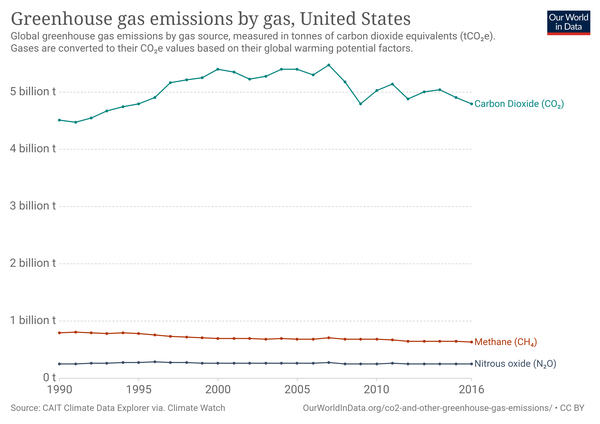



Greenhouse Gas Emissions By The United States Wikiwand



Co And Greenhouse Gas Emissions Our World In Data
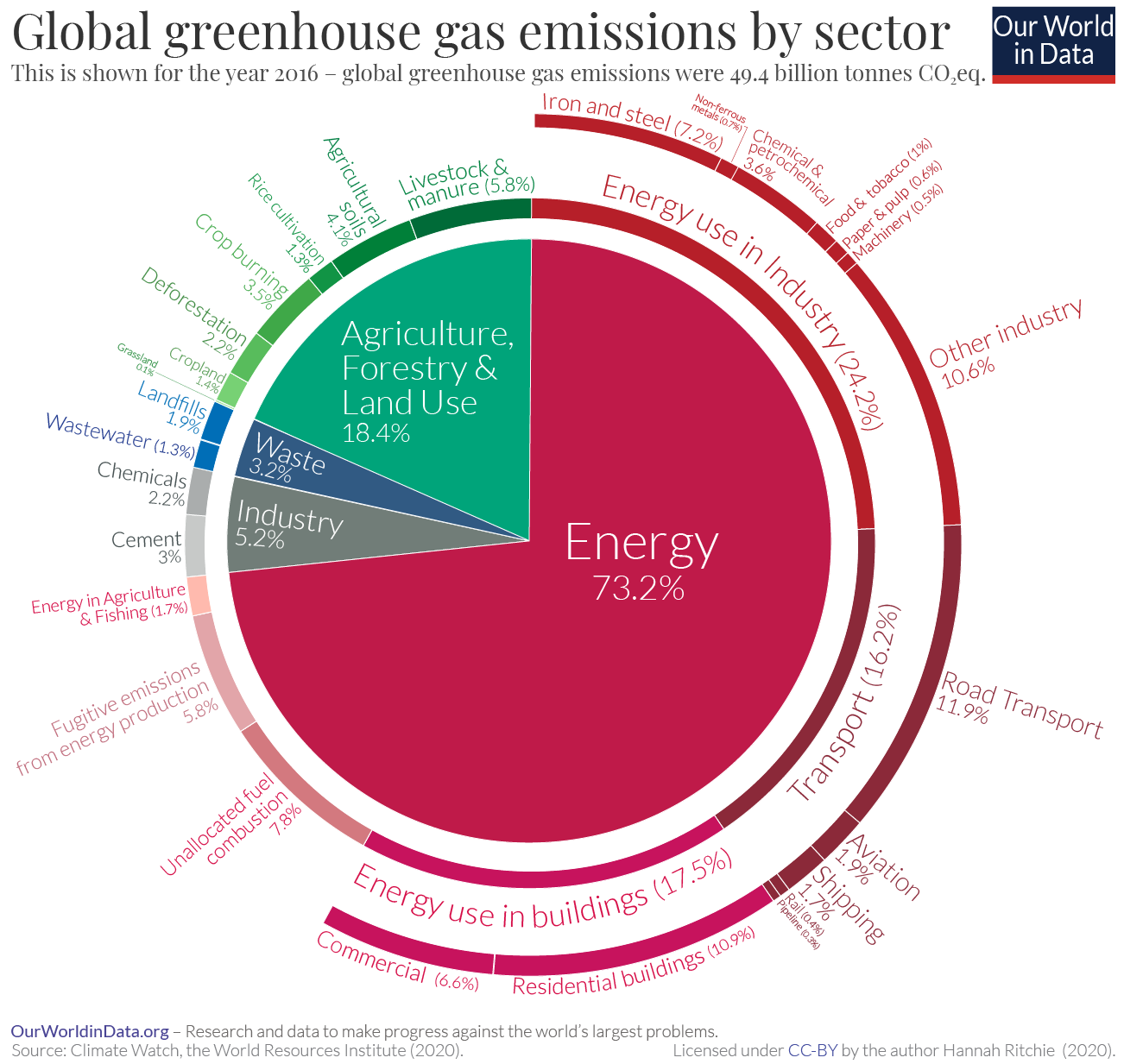



Emissions By Sector Our World In Data



Global Greenhouse Gas Emissions By Gas Type 1970 05 European Environment Agency




Trends In Global Co2 And Total Greenhouse Gas Emissions 18 Report Pbl Netherlands Environmental Assessment Agency



1
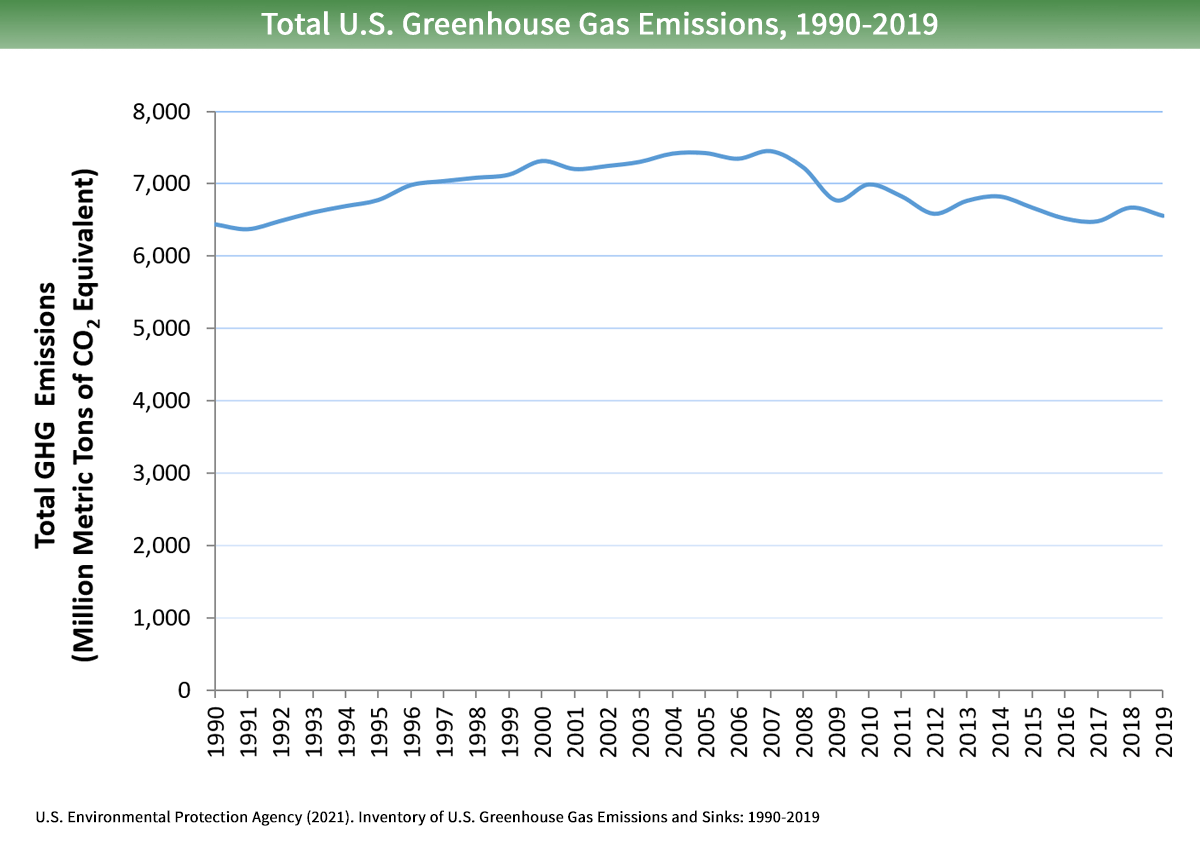



Sources Of Greenhouse Gas Emissions Us Epa




China S Greenhouse Gas Emissions Exceeded The Developed World For The First Time In 19 Rhodium Group
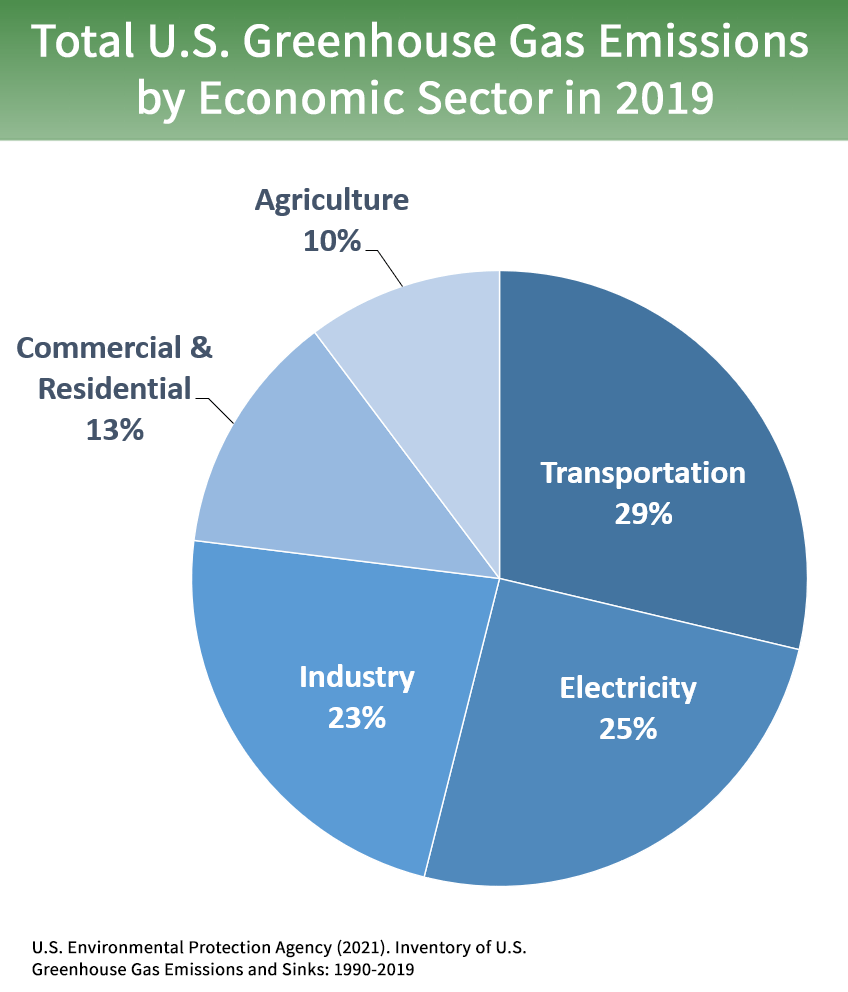



Sources Of Greenhouse Gas Emissions Us Epa



Emissions By Sector Our World In Data
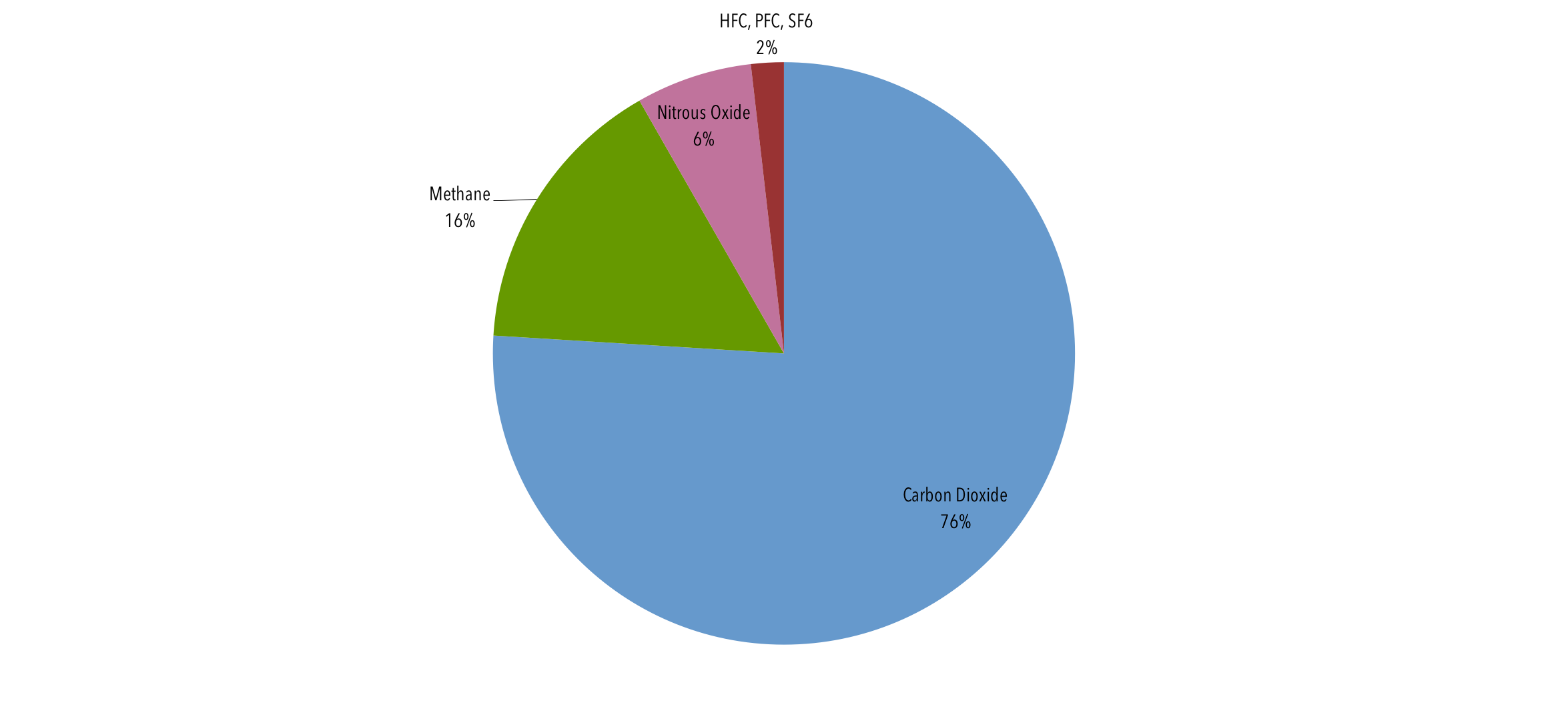



Global Emissions Center For Climate And Energy Solutions




File Global Greenhouse Gas Emissions By Sector 1990 05 In Carbon Dioxide Equivalents Epa 10 Png Wikimedia Commons




Global Greenhouse Gas Emissions Over Time Forecast For 10 And Target Download Scientific Diagram
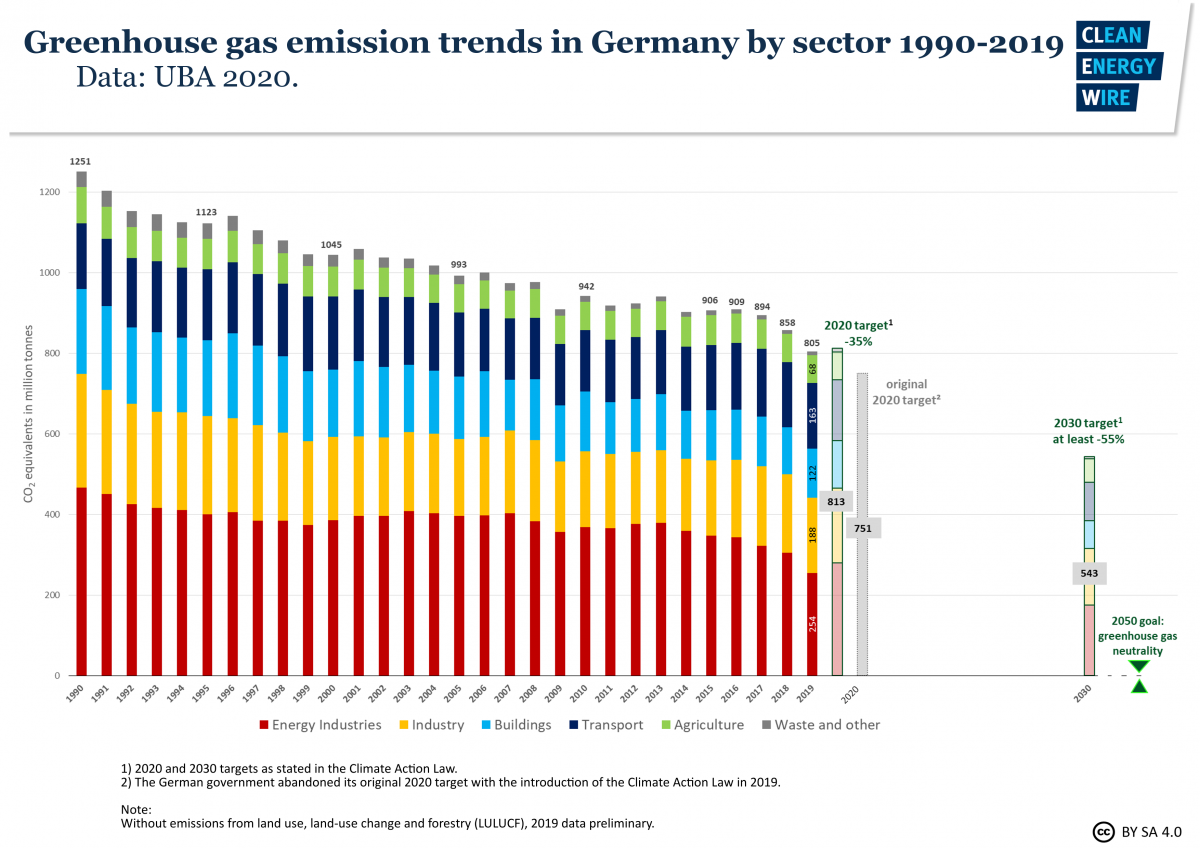



Steep Emissions Plunge Puts Germany S Original Climate Target Back On The Cards Clean Energy Wire



Www Pbl Nl Sites Default Files Downloads Pbl Trends In Global Co2 And Total Greenhouse Gas Emissions 19 Report 4068 Pdf



Global Greenhouse Gas Emissions By Country And Sector Used Cait As Data Source Climatechange



3



Co And Greenhouse Gas Emissions Our World In Data




How Is The Eu Positioning Itself To Combat Climate Change



Emissions By Sector Our World In Data
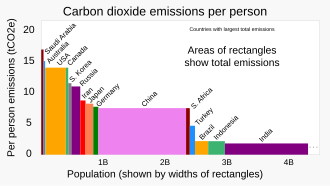



Greenhouse Gas Emissions Wikipedia



Earthcharts Greenhouse Gas Emissions By Sector




Global Greenhouse Gas Emissions By Sector Download Scientific Diagram



Global Warming And Greenhouse Gas Emissions




5 Charts Show How Your Household Drives Up Global Greenhouse Gas Emissions Greenhouse Gas Emissions Greenhouse Gases Carbon Footprint
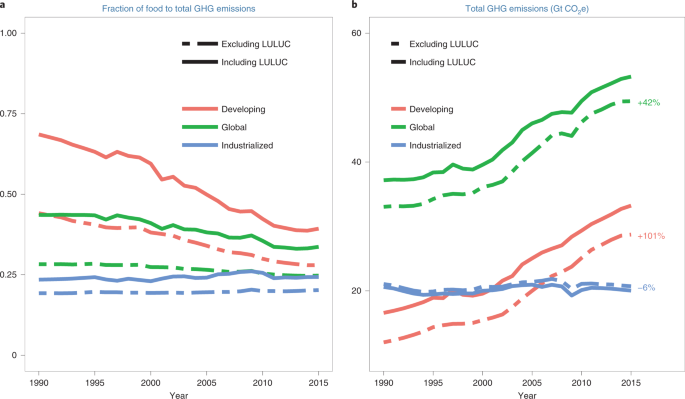



Food Systems Are Responsible For A Third Of Global Anthropogenic Ghg Emissions Nature Food
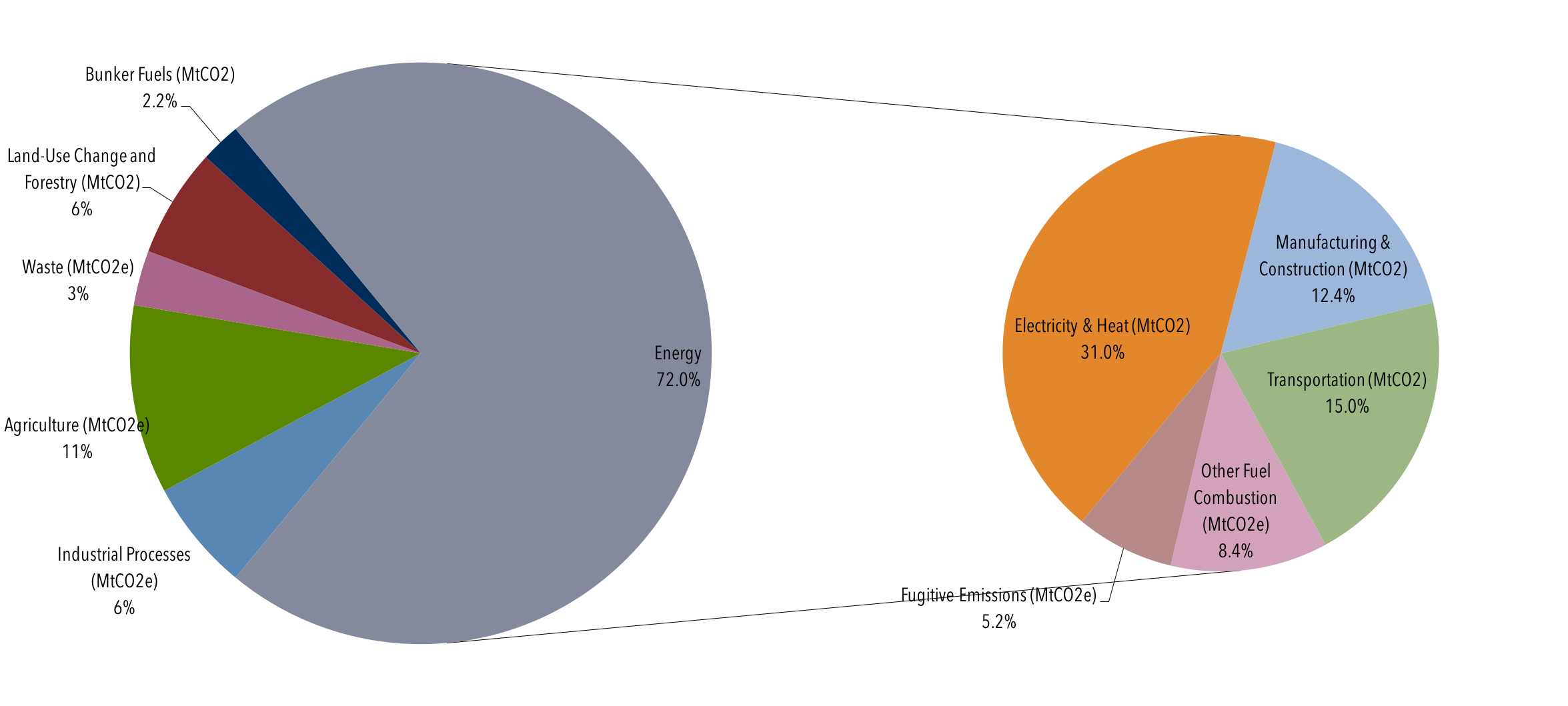



Global Emissions Center For Climate And Energy Solutions




Greenhouse Gas Emissions On A Global Level And Seven Large Countries Download Scientific Diagram
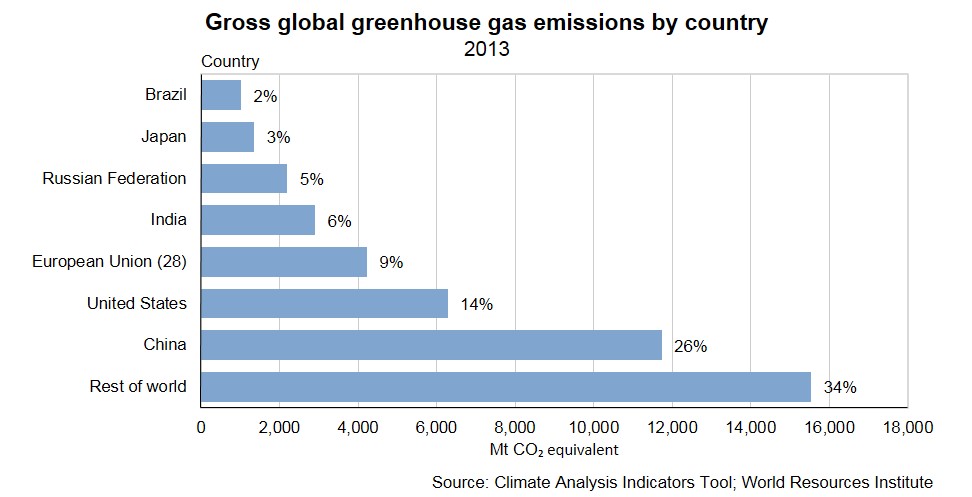



Global Greenhouse Gas Emissions Stats Nz



Is Transportation Still The Greatest Contributor To Greenhouse Gas Emissions Quora
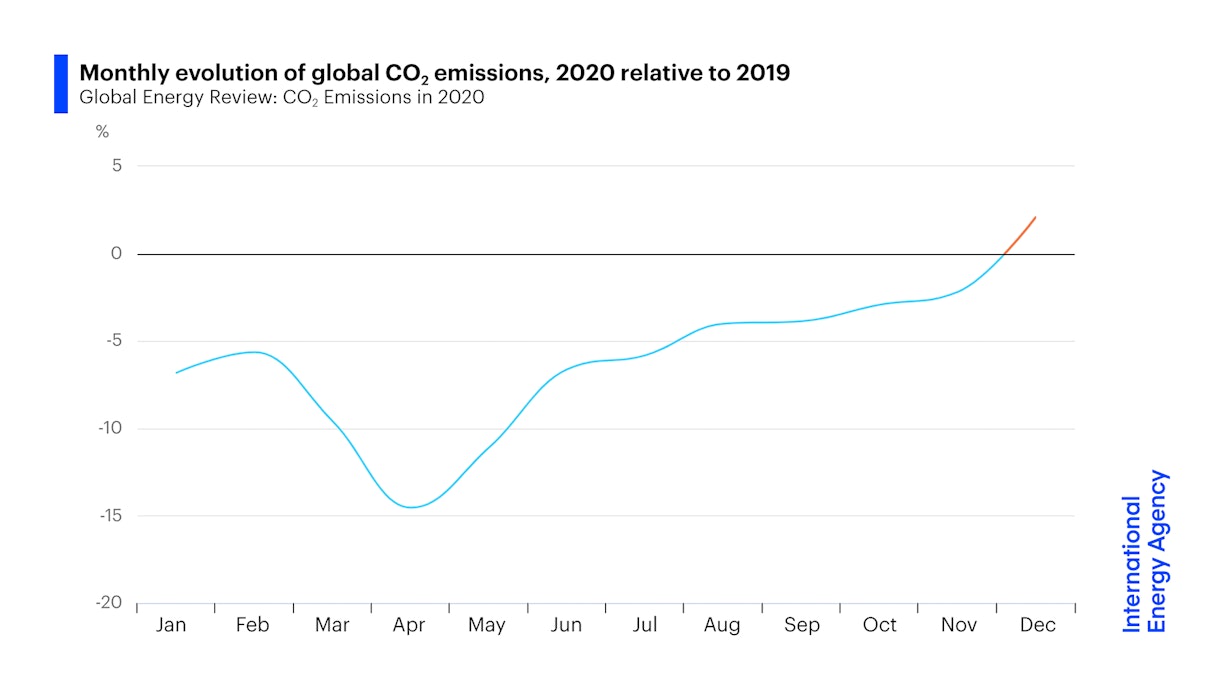



After Steep Drop In Early Global Carbon Dioxide Emissions Have Rebounded Strongly News Iea



Reducing Carbon Dioxide And Other Greenhouse Gas Emissions Is One Of The Greatest Challenges Of This Century How Are Emissions Changing Over Time How Are They Distributed Across The World Which Countries




What Are Carbon Emissions And Why Do They Matter Earthhero Blog



Total Greenhouse Gas Emission Trends And Projections In Europe European Environment Agency
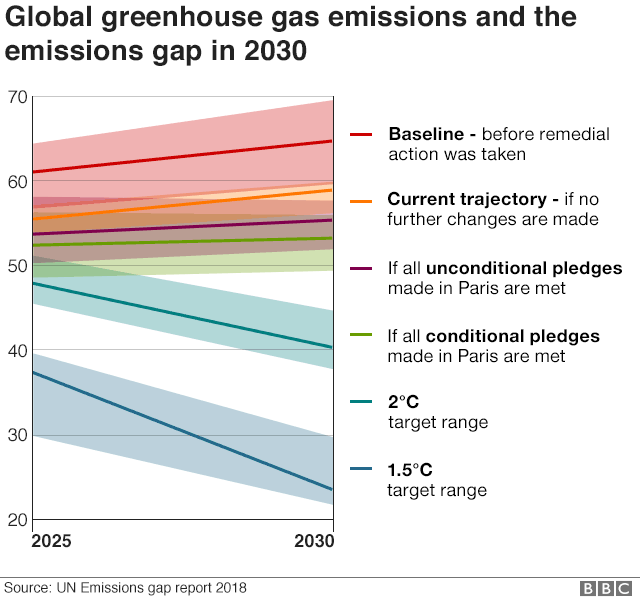



Climate Change Co2 Emissions Rising For First Time In Four Years c News




Climate Change Indicators Global Greenhouse Gas Emissions Climate Change Indicators In The United States Us Epa



Www Ipcc Ch Site Assets Uploads 18 12 Unep 1 Pdf
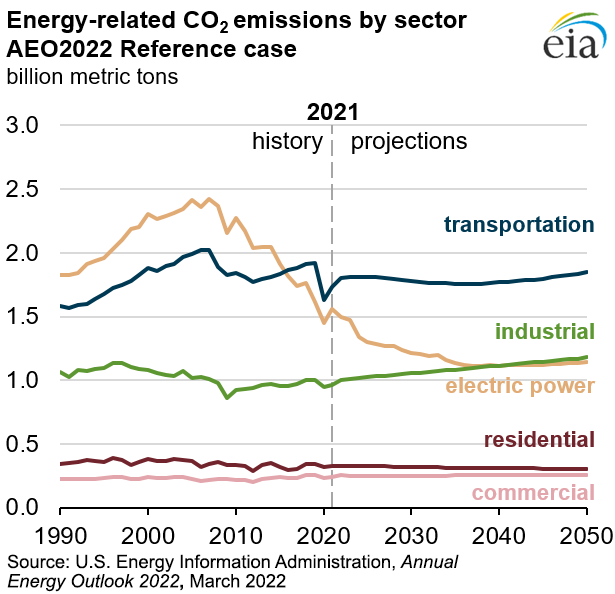



Outlook For Future Emissions U S Energy Information Administration Eia
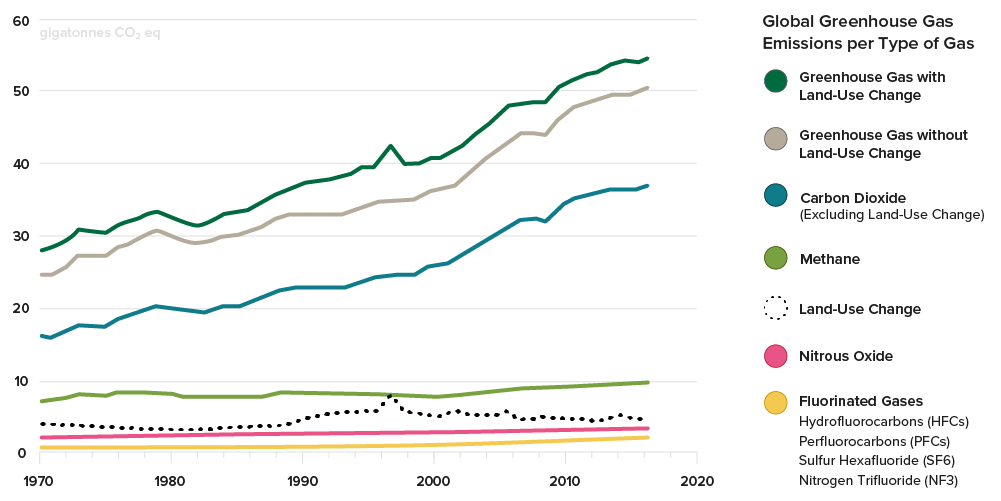



Carbon Emissions Forestry Carbon Credits The Arbor Day Foundation
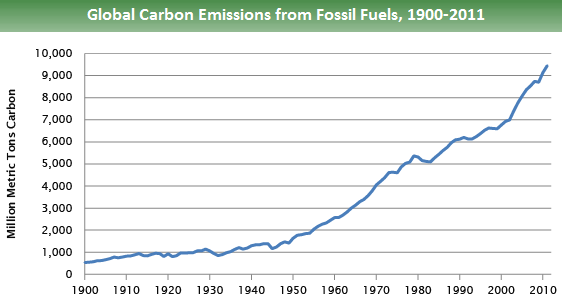



Global Greenhouse Gas Emissions Data Greenhouse Gas Ghg Emissions Us Epa



Emissions By Sector Our World In Data



Greenhouse Gas Emissions From Transport In Europe European Environment Agency
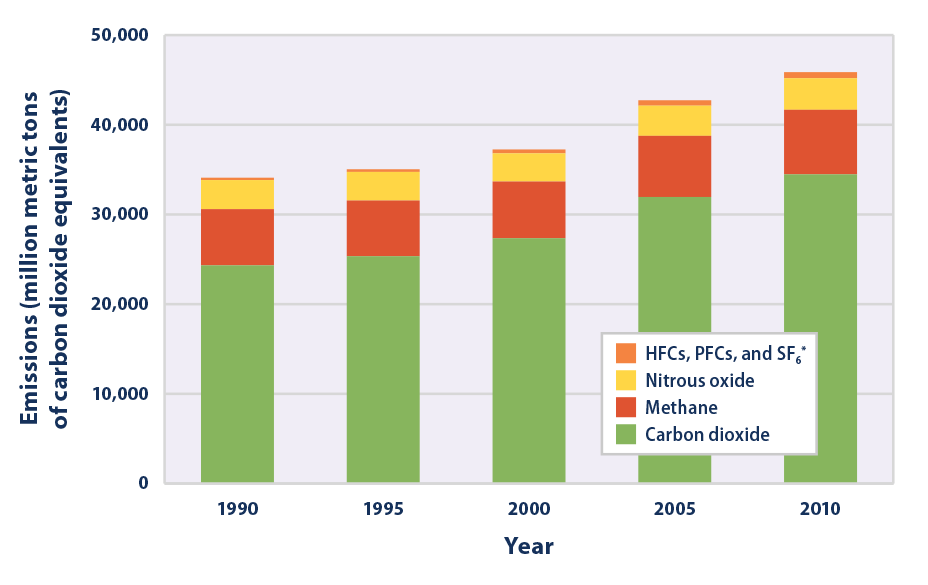



Climate Change Indicators Global Greenhouse Gas Emissions Climate Change Indicators In The United States Us Epa



Co And Greenhouse Gas Emissions Our World In Data




Climate Accountability Institute




Global Greenhouse Gas Emissions By Gas Source Ipcc 07 Based On Global Emissions From Ppt Download




Scale Distribution And Variations Of Global Greenhouse Gas Emissions Driven By U S Households Sciencedirect




Greenhouse Gas Emissions Are Set To Rise Fast In 21 The Economist




Interactive What Is The Climate Impact Of Eating Meat And Dairy Carbon Brief
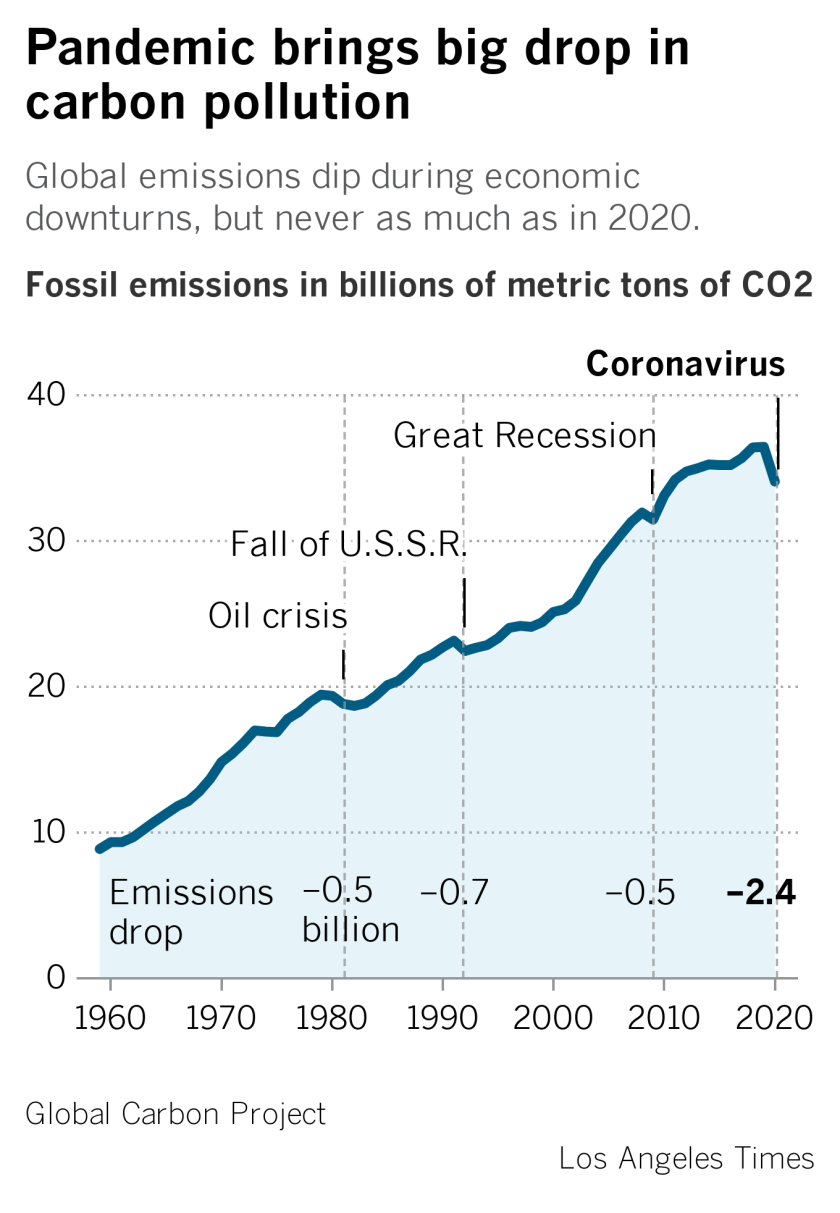



Global Carbon Emissions Dropped 7 Amid Covid 19 Los Angeles Times
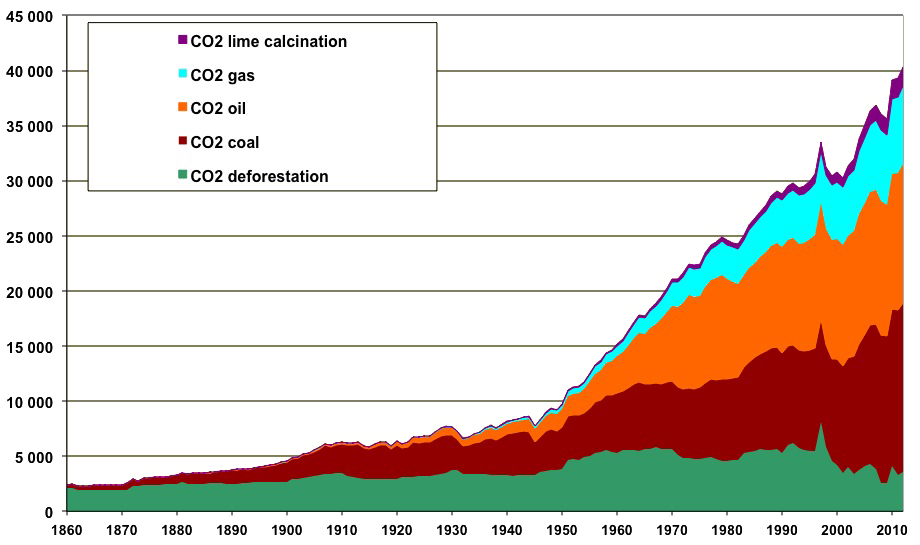



How Do Greenhouse Gas Emissions Presently Evolve Jean Marc Jancovici




Climate Change Indicators Global Greenhouse Gas Emissions Climate Change Indicators In The United States Us Epa




File Global Human Greenhouse Gas Emissions By Sector 16 Png Wikipedia
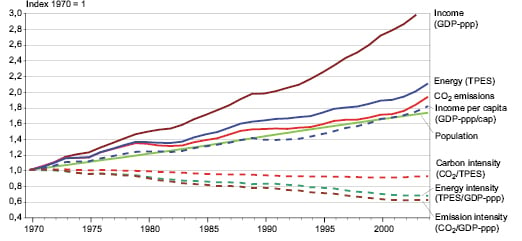



B Greenhouse Gas Emission Trends Ar4 Wgiii Summary For Policymakers




France Greenhouse Gas Emissions Decreased By 16 9 From 1990 Levels Climate Scorecard




Net Phase Out Of Global Greenhouse Gas Emissions Newclimate Institute
/cdn.vox-cdn.com/uploads/chorus_asset/file/16185122/gw_graphic_pie_chart_co2_emissions_by_country_2015.png)



Climate Change Animation Shows Us Leading The World In Carbon Emissions Vox



0 件のコメント:
コメントを投稿